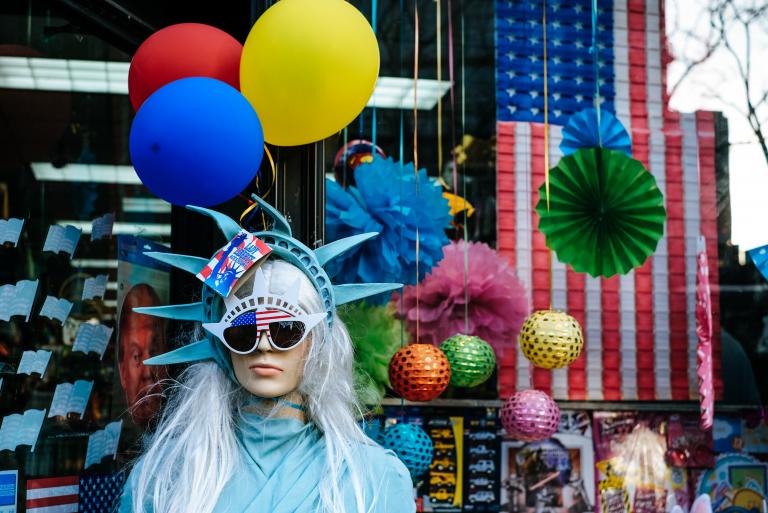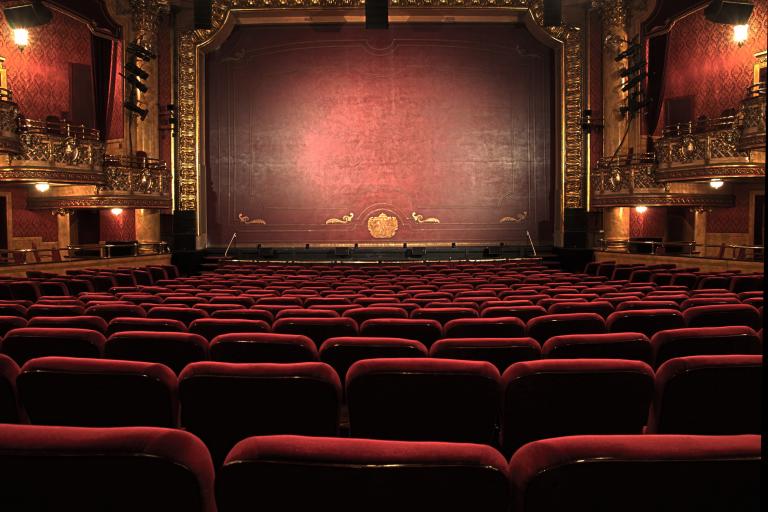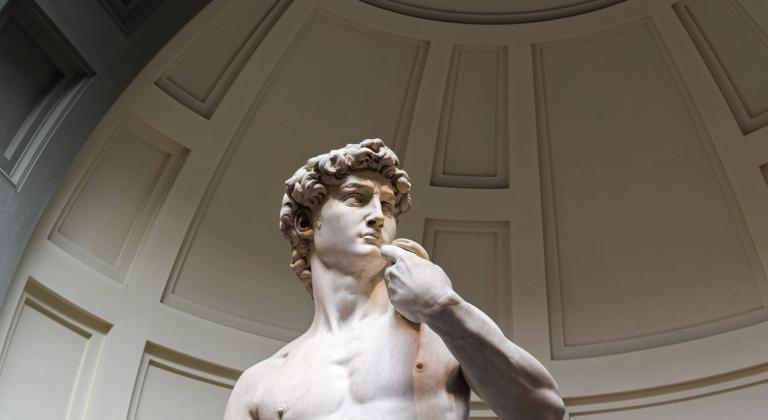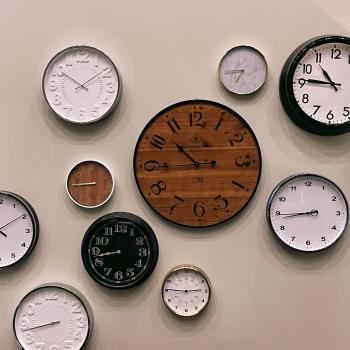Almost everything about our world is fake. We are careful to make it so.
The word fake does not just mean false. It is a false based on mimicking truth. There is a level of intentionality about fakeness. It is fools gold, counterfeit money, art forgeries, and plastic surgery – intended to look like the real thing, but sorely lacking in authenticity.
Why We Are Fake
The truth is too hard. It takes time, effort and intentionality. It costs us something. It is not what we expect it to be.
It is much easier to make our own version. After all, like a good art forgery, you can barely tell the difference at first glance. So, we want to make something that looks enough like the truth that we can fool ourselves and others to believing it is true.

We do this with our appearance and our personality. We take the truth and try to mask it, manipulate it, and otherwise submit it to our control. Businesses have fake mission statements. Politicians have fake agendas. We fake humility and gratitude. Pretty much everything good in our world is susceptible to forgery.
The Effect of Fake
The hard truth is we all know how fake this world is. It’s like if we push it hard enough, we’ll realize it is a junior high theater set made of cardboard.

But instead of doing the hard work of discovering truth, we fall in line with the fake parameters of our world. We just make our own versions. Most of us aren’t really sure what a non-fake world would look like and whether it is even really possible. And so we fall in line. We play the games. We do what we have to, to receive the approval of man. And humanity likes nothing more than a truth minus suffering.
The streets of this world are paved with fools gold. And the result is we have a hard time knowing the truth. We have a hard time recognizing things for what they are truly worth, even for what they truly are.
The Truth
A few years ago, we were in Florence, Italy where the statue of David is on display. We were traveling all over Europe and on a tight budget. And they keep David in a little museum that you have to pay to get into. Also, there is an “exact” replica in the city square where the statue originally stood. We went back and forth about whether it was worth it to spend the money to see the original. Long story short, we did. It is hard to explain what it was like to see it. I’m not an art guy. It’s not like the statue of David was particularly high on my bucket list. We just figured we should splurge and see the original.

It is crazy, but the “real” statue had a different feel to it. There was a beauty to it I can’t really describe. We saw the replica at the square as well and it just looked different. Not the angles or the shapes – as far as my untrained eye could tell, it was pretty consistent. It just wasn’t real.
We have the same attitude about the truth as I did (originally) about David’s statue/replica. The replica is the same. Cheaper, simpler, easier, and less crowded. But exactly the same. The fake was identical.
But if so, why did the “real” one have such a different affect on me?
The hard thing about being fake is that it catches up with us. We live in this careful constructed world but we cannot help bumping up against the truth every once and a while. And it is akin to how I felt when I first saw Michelangelo’s David. It is jarring. Ineffably different.
The truth is powerful. Beautiful. Reality is mysteriously greater than the “exact” replicas we try to gloss over it with. We aren’t doing ourselves any favors by succumbing to this fake world and participating in its illusions. The truth is nearby, ready to transform us.












